There is growing recognition that cities, which already house more than half the world’s population, require increased policy and development attention. India’s policy response to the need for sustainable, resilient and low-carbon cities is the Smart City mission. According to the Indian Ministry of Urban Development, the mission promotes “cities that provide core infrastructure and give a decent quality of life to their citizens, a clean and sustainable environment and application of ‘Smart’ Solutions.”
In this conception of a Smart City as the driver of local economic growth, technology and “smart solutions” find repeated mention, while better planning and greenfield development, beyond current city boundaries, are expected to absorb a growing urban population.
The Smart City mission has a very narrow focus, which does not address the risks faced by a city with the size and development trajectory of Bangalore.
The Ministry of Urban Development’s, or MoUD’s, illustrative list of what constitutes Smart Cities has a mixed bag of infrastructure and governance elements (MoUD, 2015). These core elements span adequate basic services, efficient urban mobility, affordable housing, robust IT connectivity, health and education. Sustainable environment, good governance, safety and security of women and children, and citizen participation are thrown in for good measure. The strategy document admits that there are many interpretations for smart cities the world over and, even in India, their implementation and adoption will vary across states and local bodies. Smart solutions that sometimes overlap with these elements include e-governance for a score of basic services, waste management, water management, energy management and others (such as tele-medicine, tele-education, trade facilitation and skills development).
With an initial budget of INR 7000 crore ($US 1.05 billion) in 2014, 100 satellite towns of larger cities are meant to be developed as Smart Cities. Additionally, existing, mid-sized cities are to be developed under the programme. The initial allocation has been hiked by more than two and half times and several incentives have been provided to encourage foreign investment into the programme. The institutional mechanism for implementation is a special purpose vehicle, which would be run like a private company for the duration of implementation, and will have representation from all levels of government.
The one challenge that is featured on the MoUD website, which smart cities apparently face and should address, is how to involve smart people in the planning phase and how to garner city leadership to ensure programme success.
So what’s missing?
A gaping hole in the conception and components of a Smart City is exactly how a special purpose vehicle would enable these wide-ranging elements and solutions with the participation and support of affected communities. Would citizens be engaged when designing smart city solutions? Would participatory governance go beyond issuing death and birth certificates in response to e-requests? Would lakes and urban forestry be revived to provide critical ecosystem services as new infrastructure is instated? Would access to public spaces improve for the underprivileged in our society? Would the new smartness integrate with the history and heritage of many of India’s smaller cities?
Ostensibly not. The ministry has adopted an area-based approach, which means that strategies such as retrofitting, redevelopment, greenfield applications and pan-city endeavours will be applied to pre-determined geographical areas specified by urban local bodies. This spatial conception of cities lacks an understanding of cities as deeply connected social and ecological systems, which may not be conveniently divided into geographical areas. There is limited understanding of how city systems of food, water, energy and waste interact and overlap through resource flows and people movement. Cities’ resource and sink needs extend far into their surrounding regions, which is why a region-based approach is recommended when seeking sustainable solutions. In each document and every articulation of the mission, whether it is smart strategies or smart solutions, there is little evidence of which environmental or economic problems Indian cities need to address and what kind of future such strategies will take us towards. Issues of social cohesiveness, community engagement and cultural identity find no mention.
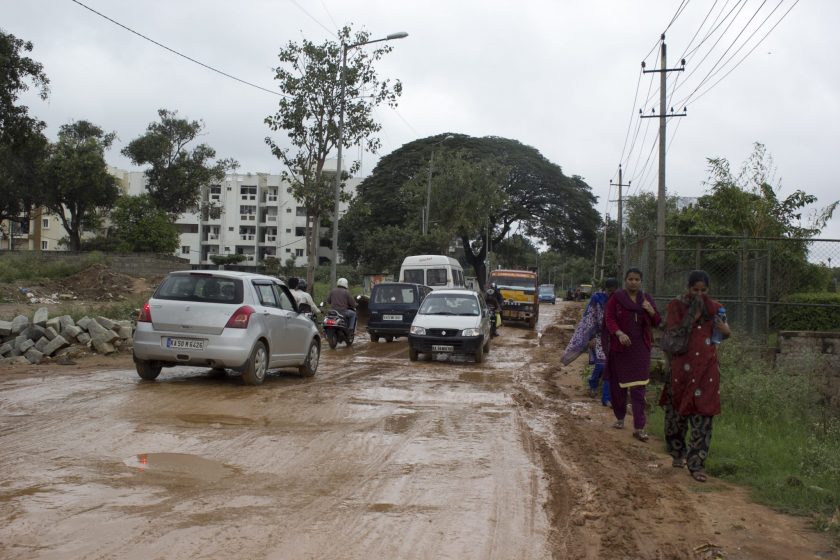
India Prime Minister Modi’s Smart City vision is an attempt to answer the national call for economic growth, employment creation, world-class cities, better living standards and municipal reform. However, it fails to take cognizance of the global challenges of climate change, poverty, inequality and unsustainable development. These challenges are no longer the purview of national departments, as they manifest in multiple forms within the cities of both the developed and developing world. And furthermore, should cities such as Bangalore, on a very fast growth trajectory, adopt a much broader and deeper vision than the one captured in a smart agenda?
An alternative framework for city development
The United Nations’ seventeen new global goals, called Sustainable Development Goals (SDGs), defined by 169 targets, have been formulated after a widely participatory consultation process hosted by the UN. SDGs, post the 2015 development agenda, call for commitment to universal goals and targets. As has been discussed at length on TNOC, for the first time, there is now an urban development goal: Make cities and human settlements inclusive, safe, resilient and sustainable.
Let us consider how the urban SDG Goal 11 frames the developmental challenges faced by cities all over the world, and the propositions it puts forth in the form of dedicated urban targets. Goal 11 emphasizes equitable access to affordable housing, basic services, transport and public spaces for all urban citizens. Integrated planning and management in cities such that cultural and natural heritage are protected, links with national and regional development planning are strengthened, and buildings are designed for resilience, are all goals that find dedicated targets within the urban SDG. Several sustainability concerns are incorporated, including reduction of the ecological footprint of cities, inclusion and resource efficiency. Integrated policies that address climate change mitigation and adaptation, as well as disaster risk management at all levels, are encouraged. Special focus is recommended for the needs of those in vulnerable situations: women, children, persons with disabilities and older persons.
In this conception of the urban agenda, and the subsequent articulation of a global goal into measurable targets, the need for building capacity in urban officials and enhancing their agency in city matters has been left out. Especially in the Indian context, we find that numerous governance challenges exist whereby cities and urban local bodies lack the skills, the resources and the authority to achieve many of the targets specified in Goal 11.
Challenges and risks faced by Bangalore across social, economic and environmental parameters
Bangalore is the fifth largest and one of the fastest growing metropolitan cities in India. The population of the city has grown by more than 40 percent between 2001 and 2011. This has obvious implications for the ability of the ecosystem to provide the range of resources required to support the exponential growth in city population, which is not always accompanied by expansion in city services and infrastructure. Bangalore faces an array of interlinked challenges such as air pollution, water scarcity, urban flooding, food insecurity, waste mismanagement and the loss of urban natural capital. As the principal city in Karnataka, attracting international and regional migrants, Bangalore has followed a development pathway marked by disappearing and dying lakes, numerous gated communities, and high levels of social and economic inequity.
The city faces numerous risks to its future development as its population and geographical expanse increase. Encroachment of lakes, natural flood plains and drainage channels due to uncontrolled urbanization has resulted in urban floods during extreme precipitation events (Poonacha et al., 2015). Public infrastructure, housing and transport networks in flood prone areas are exposed to numerous risks, as are marginalized households located in low-lying areas. Bangalore’s drainage system was designed for a smaller and less dense city, while at the same time, rainwater infiltration into the ground has decreased due to a rise in built up and paved areas.
Ironically, the city also faces reduced availability and regular access to quality of water supply. The city relies on Cauvery River, 100 kilometers away, for half of its water needs, and on extraction of ground water for the remaining half. The Karnataka State Climate Change Plan estimates that total rainfall could reduce by as much as 10-20 percent by 2050 in the region, deepening the water stress experienced by the city.
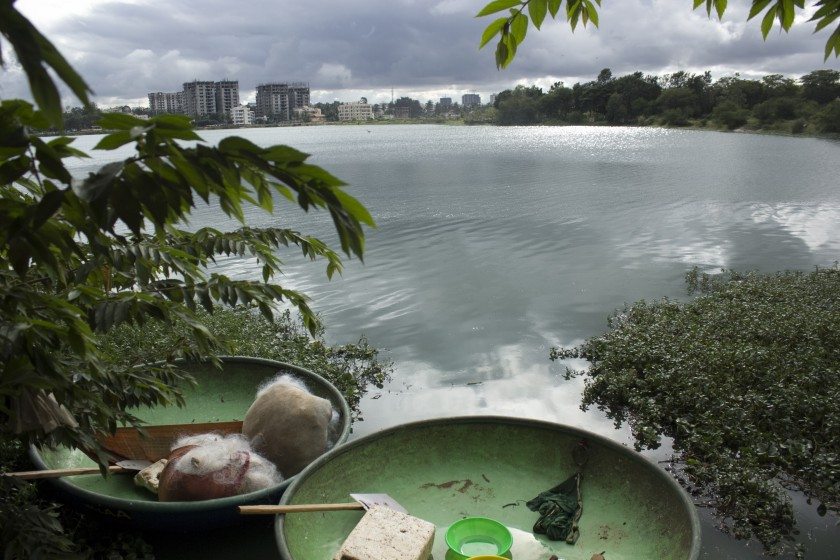
In a city of stark socio-infrastructural dichotomies, high rise air conditioned glass office complexes, private residential enclaves and ‘gated communities’ contrast with poorly, or under served, dense informal settlements and slums. A large number of migrants are drawn to the city in search of improved livelihood options. For first generation migrants, informal settlements or slums often provide an entry to the city. However, such settlements are often located in unauthorized areas, and therefore have limited access to safe water supply or sanitation networks (IIHS, 2014). In the absence of basic service provision, households rely on poor quality ground water and resort to open defecation, thereby increasing their exposure to health risks. Rising prices of essential commodities such as fuel, electricity and food also affect poor households’ ability to recover from health and economic impacts. Climate change is expected to contribute to these impacts through extreme rain events and heat island effect in the city, and a drying trend in northern parts of the state, which will reduce food productivity and induce further migration.
New migrants to most urban areas in India are dependent upon the marginal work available within the informal economy, characterized by very low wages and high job insecurity. First generation migrants often work as casual labourers in the construction industry, one of the lowest paying and least secure sectors (Krishna et al., 2015). The number of people employed in informal sectors is far greater than those in the formal sector (Mahadevia, 2008). Bangalore also has a high proportion of people who are illiterate, or are literate but have not completed primary school. This translates into a challenging situation whereby a large cohort of 20 to 29 year-olds are entering the workforce with very low levels of education and literacy (IIHS, 2014).
Smart or smarter?
In pursuing “smartness,” will Bangalore be able to address the challenges it has accumulated over thirty years of unsustainable urban growth? Would it, instead, be pursuing smartness if it were to adopt an integrated social ecological frame? If yes, what does it require to become a sustainable, smart, socially and ecologically integrated city?
Large and complex challenges of providing bulk infrastructure to service a rapidly expanding urban population and managing a morphing urban geography in the context of climate change will require a more nuanced approach, and much longer engagement with practitioners, city leaders and city residents. City development strategies need to be informed by a comprehension of cities as systems where citizens draw resources from their urban ecology via a network of transport, energy and communication infrastructure, and are exposed to locational, disaster and climate risks. At the same time, cities have been transforming over the years. Natural systems such as the lakes of Bangalore and the drainage channels that connected them and enabled their functionality as reservoir, habitat and cleanser, have been replaced by ill-designed drainage infrastructure that proves inadequate during extreme events.
The Smart City mission has a very narrow focus, which does not address the risks that a city of the size and on the development trajectory of Bangalore faces. The pursuit of smartness as defined by the Smart City Mission may help achieve better traffic management and extend IT services to underserved sections of society. However, if a large proportion of the society is not literate, or lacks basic services in their settlements, or faces employment insecurity, smarter solutions will be required to take citizens towards sustainable well-being.
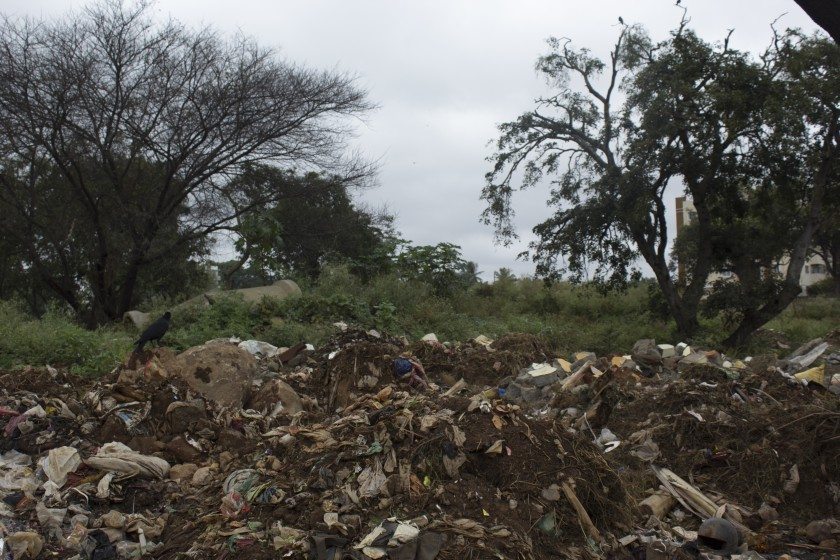
What is required is an understanding of how the city as a system is more than its parts—lakes are not islands to be isolated from a water network and expected to function as mere places of recreation; housing has to be more than affordable and enhance a community’s well-being through productive common spaces; widened roads don’t just hyper-connect the city center to an international airport, but also end up fragmenting markets and habitations on either side of them; a metro track may fast-track the daily commute of a few workers, but often at the cost of urban forestry which took more than a century to establish. The smart agenda attempts to separate water supply from waste and sanitation, health care from lake restoration, and energy supply from air pollution in order to roll out private contracts and somehow arrive at a smart city.
Bangalore is better off channeling the intelligence of its citizens towards community-led, locally embedded initiatives, in response to particular societal and environmental challenges. But for that to happen, a lot will need to change—both in the way that city governance institutions are designed, and in the way that city residents conceive their roles to be in current and future management of the city’s social and natural resources.
Sumetee Gajjar
Bangalore
References
Indian Institute for Human Settlements (IIHS) (2014). Climate and Development Knowledge Network (CDKN) – Future Proofing Indian Cities, Final Urban Diagnostics for Bangalore.
Krishna, A., Sriram, M. S., & Prakash, P. (2014). Slum Types and Adaptation Strategies: Identifying Policy-Relevant Differences in Bangalore. Environment and Urbanization. 26, 568 – 585.
Mahadevia, D. (2008). Metropolitan Employment in India. Inside the Transforming Urban Asia: Policies, Processes and Public Actions, New Delhi: Concept, 56-93.
MoUD, 2015 “What is Smart City” Ministry of Urban Development, Government of India. URL: http://smartcities.gov.in/writereaddata/What%20is%20Smart%20City.pdf accessed on 21 November 2015
Poonacha P., Solomon D., Bendapudi R., Rahman A., Basu R., Badiger S (2015) The Regional to Sub-national Context. In: Revi, A., Amir Bazaz, Jagdish Krishnaswamy, Ramkumar Bendapudi, Marcella D’ Souza, Sumetee Pahwa Gajjar (eds.). Vulnerability and adaptation to climate change in semi-arid areas in India (pages 49-90). Working Paper, ASSAR PMU, South Africa.


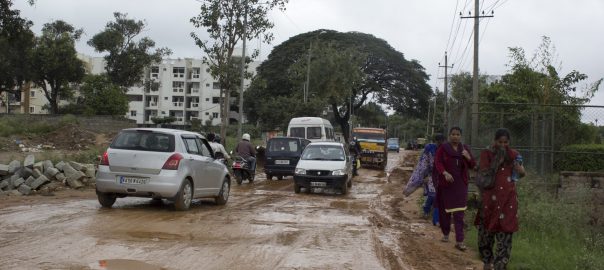
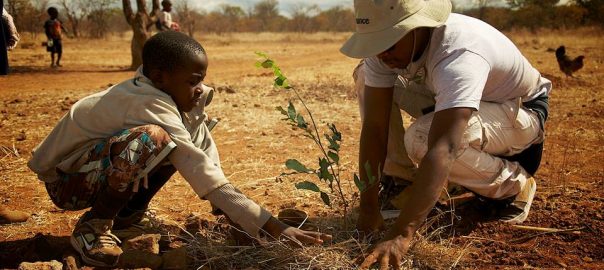
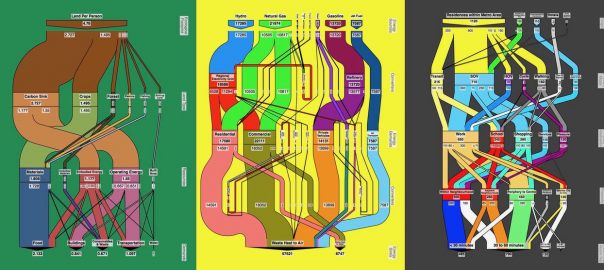


Leave a Reply